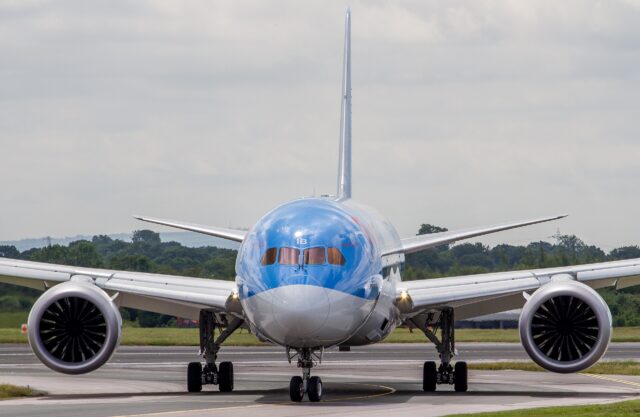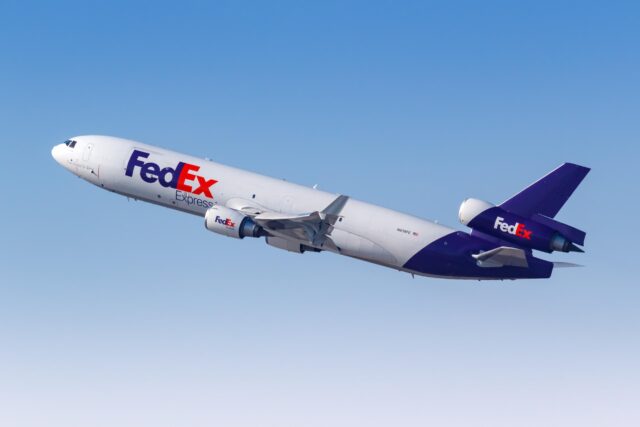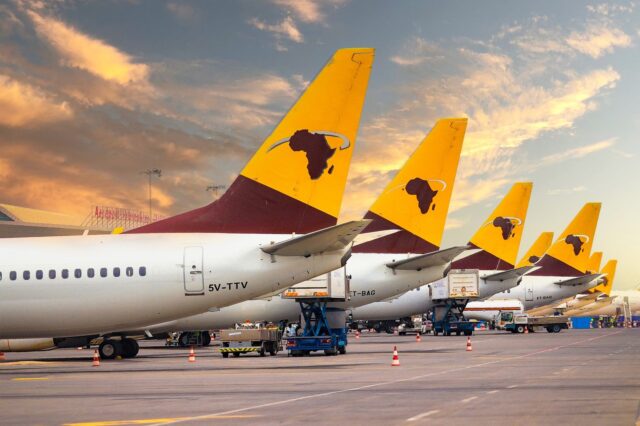Boeing unveils tiltrotor drone wingman for US Army Apache and other helicopters

October 14, 2025

Boeing has unveiled a new concept for a tiltrotor drone wingman intended to serve the US Army’s fleet of helicopters. Even as the debate centres on the Air Force’s quest for advanced loyal wingman drones or CCAs, the US Army is also rushing to field unmanned drones.
Boeing announces new Apache loyal wingman drone
On Monday, Boeing unveiled renderings of its new tiltrotor concept at the Association of the US Army’s (AUSA) conference in Washington. Boeing says the ‘Collaborative Transformational Rotorcraft’ or CxR will serve alongside Army helicopters in attack, logistical, and other missions.

If Boeing’s new concept for a tiltrotor-based loyal wingman drone becomes reality, then all four combatant services may soon have loyal wingman drones supporting manned aircraft. Recently, the Navy launched its own loyal wingman drone counterpart to the Air Force’s CCA program.
Chris Speights, Boeing’s vertical lift division, suggested the aircraft could be used with Army AH-64 Apache attack helicopters. He told Defense One, “How the Army is using the Apache is evolving… this gives them options and flexibility with how they conduct those missions…”

In the presentation, Boeing highlighted that they would not be limited to Apaches; they could partner with “the Little Bird or whatever else you may have.”
The announcement comes on the heels of Lockheed Martin’s Sikorsky announcing a cargo drone variant of its ubiquitous Black Hawk called NOMAD, based on the UH-60L variant.
Boeing’s CxR’s planned capabilities
This is not the first advanced loyal wingman drone developed by Boeing; Boeing Australia is currently developing the MQ-28 Ghost Bat for the Royal Australian Air Force. Boeing also co-developed the V-22 Osprey with Bell, providing the company with extensive experience with tiltrotor technology.

The new concept is for the tiltrotor drones to have a maximum gross weight between 5,000 to 7,000 lbs, with around 1,000 to 2,000 lbs of that being the payload. Payloads vary by specific mission load-out and the range required.
Variants would carry smaller drones (called launched effects or LE), which in turn could conduct reconnaissance and jam targets. Ukraine’s Operation Spiderweb, which saw over a dozen Russian strategic bombers destroyed on the ground, highlighted the potential of platforms carrying masses of small drones into battle.
Rescuing the attack helicopter
Over the course of the war in Ukraine, Russia has suffered heavy attack helicopter losses, especially among its modern Ka-52 Alligators. In the earlier stages of the war, many helicopters were shot down. As time went on, more were destroyed on the ground, and now the threat of small drones taking them down in mid-air is growing.
An FPV drone downed a Russian Mil Mi-8 chopper. The crew has been destroyed along its vehicle. pic.twitter.com/CfyhLuEuiJ
— (((Tendar))) (@Tendar) September 29, 2025
The problem is that while attack helicopters are useful, they are also extremely expensive. According to The War Zone, launched effects (LEs) are increasingly seen as being “critical to the future survival of combat helicopters” in future wars.
While Poland has placed a large order for 96 Apaches, South Korea cancelled plans for another 36 Apaches, and Japan has decided to divest of the capability altogether. In 2025, the US Army indicated it would slash its Apache fleet by retiring its older AH-64Ds and transferring many of its AH-64Es to the Army National Guard.
The US Army is moving towards a greater emphasis on unmanned rotorcraft. In 2024, the Army scrapped plans for the Future Attack Reconnaissance Aircraft (FARA) partly because of a shift to unmanned systems.
















